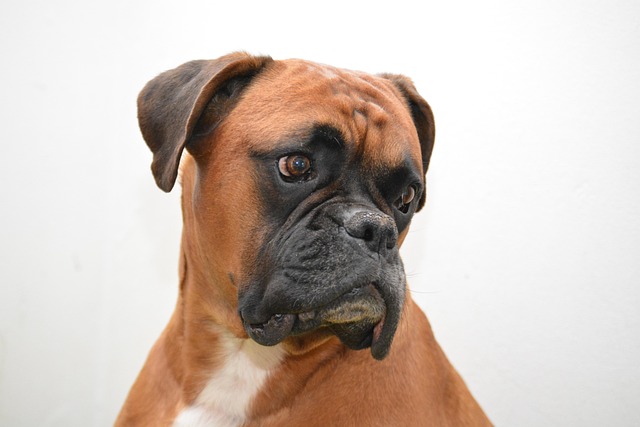
How can I tell if my dog's heatstroke is serious
Let’s be real: It’s a sticky August morning in Los Angeles, and you took your 2-year-old Golden Retriever, Max, for a walk a little later than usual
Watching your dog struggle with extra weight isn’t just tough to see—it can lead to real health issues down the line, from joint pain to trouble breathing.The good news is that helping your dog shed those pounds doesn’t have to be complicated, but it does require consistency and a bit of know-how. Start by taking a hard look at their daily routine, because small changes often make the biggest difference when it comes to dog weight loss.
First, let’s talk about food. It’s easy to overestimate how much your dog needs, especially if you’re free-feeding or adding too many treats. Most commercial foods have feeding guidelines based on your dog’s ideal weight, not their current one, so check those labels again. Try measuring meals with a standard cup instead of guessing, and swap out high-calorie treats for healthier options like carrot sticks or apple slices—most dogs love them just as much. Remember, even a few extra bites each day can add up over weeks, so portion control is key to help your dog lose weight.
Next, movement matters more than you might think. A quick walk around the block once a day might not cut it for a dog needing to slim down. Try breaking up exercise into shorter, more frequent sessions—maybe a 15-minute walk in the morning and another in the evening, plus a game of fetch in the yard. Different breeds have different needs, so pay attention to what your dog enjoys; some might prefer a jog alongside your bike, while others get excited about a puzzle toy that makes them work for treats. Just be sure to build up their stamina gradually to avoid strain, especially if they’ve been inactive for a while.

It’s also important to consider the little habits that sneak in. Do you leave food out all day, letting them graze whenever they want? That can make it nearly impossible to track calories. Instead, stick to set meal times, and pick up any uneaten food after 15 minutes. If other family members love sneaking them table scraps, gently remind everyone that those bites—even the “tiny” ones—are contributing to the problem. Creating a consistent routine helps your dog adjust and makes it easier to monitor their progress as they reduce weight.
Don’t forget to involve your vet. Before starting any weight loss plan, a checkup can rule out underlying issues like thyroid problems that might be causing weight gain. Your vet can also recommend a target weight and a safe rate of loss—usually 1-2% of their body weight per week. They might suggest a prescription diet if your dog needs extra help, but in most cases, a balanced approach of better food and more activity is enough. Regular weigh-ins, either at the clinic or at home with a pet scale, will help you stay on track.
Patience is everything. Dogs, like people, don’t drop weight overnight, and plateaus are normal. If you hit a stall, tweak their routine slightly—maybe add an extra walk or adjust portions a little. Celebrate small wins, like more energy during playtime or fitting better into their old collar. The goal isn’t just a number on the scale; it’s a happier, healthier dog who can keep up with your adventures for years to come.

Let’s be real: It’s a sticky August morning in Los Angeles, and you took your 2-year-old Golden Retriever, Max, for a walk a little later than usual

You're enjoying a summer afternoon at the park when you notice your dog has stopped panting and appears disoriented - their gums are bright red

Let’s paint the picture: You’re in your Denver apartment, watching your 4-year-old Boston Terrier, Ruby, plop down mid-play session with her favorite toy

Many dog owners notice their pets nails seem shorter after regular walks,but how much does this daily activity actually help?The answer depends on where you walk—concrete sidewalks or asphalt streets gently file nails as a dog's paws hit the ground

Most dog owners notice their pup scooting across the carpet at some point, but few connect it to impacted anal glands. These small sacs near a dog’s rectum secrete a scent for marking territory

Most vets agree that regular dog teeth cleaning is key to avoiding painful dental issues later. For healthy adult dogs, a professional cleaning at the vet’s office every 12 to 18 months usually works well.